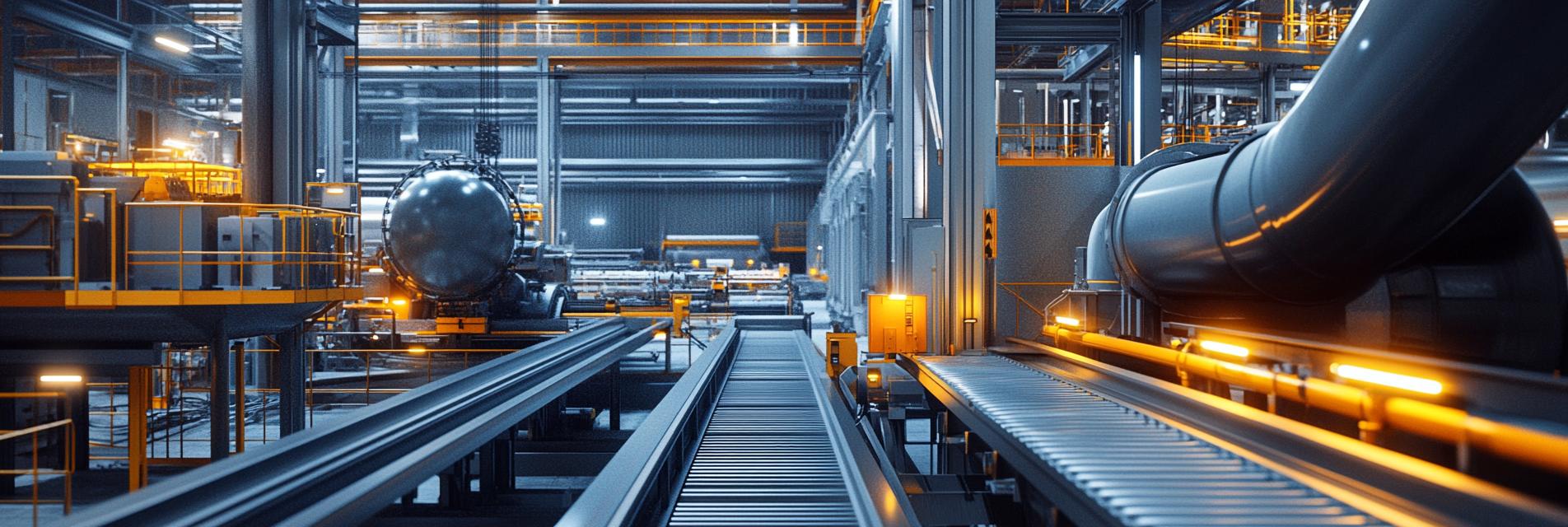When choosing a belt conveyor system, it is essential to first understand the specific requirements of your application. Different industries may demand varying characteristics based on the materials being transported, the environment in which the conveyor will operate, and the required throughput. Factors such as load capacity, distance, and operational conditions (like temperature and humidity) must be considered to ensure that the right system is selected.

Understanding market demand is crucial when selecting a belt conveyor system. Conduct market research to identify trends and growth areas within your industry. This information will guide you in selecting a conveyor system that not only meets your current operational needs but also supports future scalability. A conveyor that aligns with market expectations can enhance your competitive advantage.
It is important to compare the performance metrics of different belt conveyor systems. Analyze factors such as energy consumption, maintenance requirements, and durability. A system that provides high reliability and efficiency can lead to significant cost savings in the long run.
After analyzing your application needs and market demands, along with conducting a performance comparison, you will be in a better position to make an informed decision. Collaborate with suppliers or manufacturers to obtain detailed specifications and assist in making the right choice for your business.
In conclusion, selecting the right belt conveyor system is a multi-faceted process that requires careful consideration of various factors to ensure optimal performance and market alignment. Keeping these guidelines in mind will help you choose a conveyor that meets both your current and future business needs.

